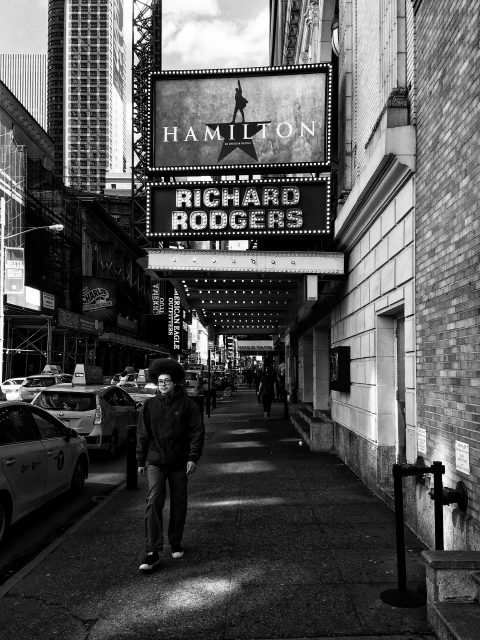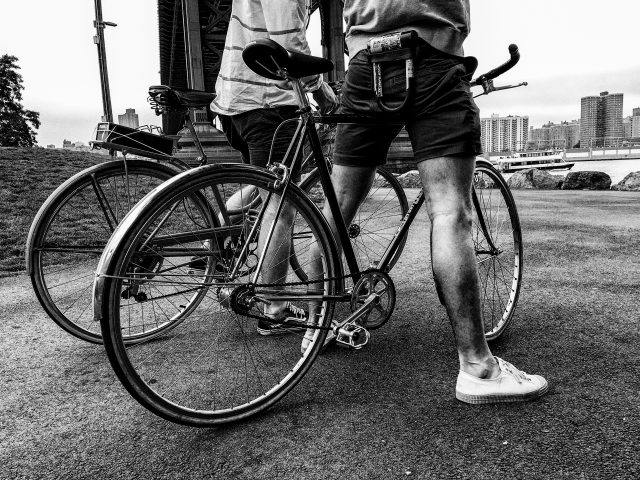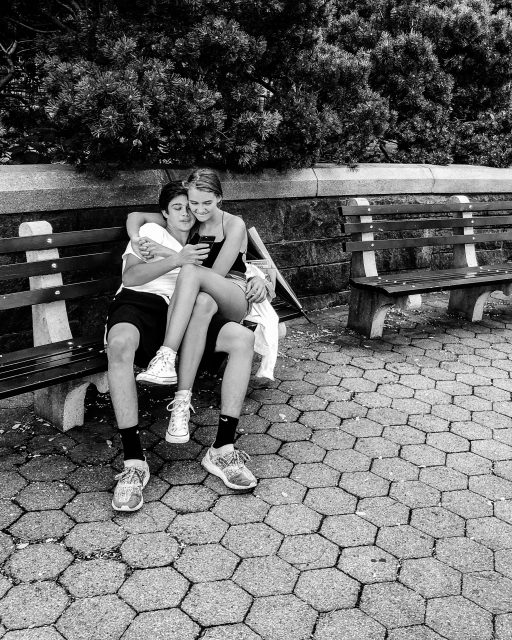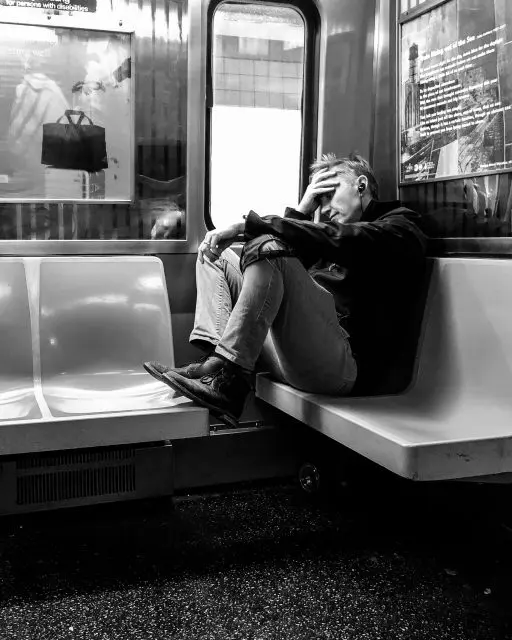A lot of the time, the camera we have on us is the ubiquitous smartphone. So, arguably, one aspect of modern photography is how to achieve better smartphone photos.
Of course, our ever-present devices aren't always seen as great for the craft of photography. Legendary German photography Wim Wenders declared recently that photography is “more dead than ever” and placed the blame squarely on smartphones, saying, “The trouble with iPhone pictures is nobody sees them. Even the people who take them don’t look at them anymore, and they certainly don’t make prints.”
Wenders also suggested that filters aren’t doing anything to make people more creative and even went as far as stating that the ways in which people use smartphones to capture images shouldn’t even be called “photography.”
I have always been of the mind that a good photographer can produce good results no matter what camera they’ve got in hand. Even if it’s a smartphone. I don’t think most people are under the delusion that smartphones are comparable in overall image quality to full-fledged cameras, but the competence of these devices is nothing to sneeze at.
Even so, employing good technique can take you a long way when it comes to getting the very best images out of your mobile device. Below are four strategies for getting better smartphone photos, and by following them you can get sharper and clearer photos with your phone.
1. Keep Your Lens Clean
Mobile devices serve varied purposes in our world. We use them to watch videos and movies, play games and take notes, make purchases and read books. Sometimes we even use them to make phone calls.
As much as we handle our phones they are bound to get dirty. So when it comes time to use the camera, make sure the lens is clear of fingerprints and smudges that are like to accumulate over the course of a day.

2. Hold Steady
Honestly, if you want better smartphone photos, keep still! Many of the newer smartphones on the market come with cameras that are equipped with built-in image stabilization. While this feature certainly has proven helpful in reducing camera shake, it’s not a perfect solution.
The most elaborate solution, of course, is to use a tripod. This is probably overkill for the majority of smartphone photographers, so the next best option is to use a technique that DSLR shooters are quite familiar with — hold the phone with both hands and elbows tucked in toward your midsection.

3. Avoid Zooming
Unless you have a phone with two lenses (a wide angle and a telephoto) and can control when each is used, what you’re really doing is using “digital zoom,” which results in increasingly lower image quality the more you zoom in.
If you want to get closer to your subject, use your feet. If you can’t physically get closer, the zoom function will have to suffice as a last resort.

4. Find The Best Light
This is pretty much standard advice for any photographer but it takes on added importance for getting better smartphone photos, as one of the biggest weaknesses of mobile devices is low light performance.
Just because it’s nighttime doesn’t mean you can’t use your camera phone, however. To avoid mushy, grainy, blurry images use whatever light you can find around you to illuminate your subject — streetlights, and storefronts are always great options.
Also, don’t rely on the camera’s auto exposure system. You will be left with grainy gray shadows and severely blown highlights. Instead, expose for the highlights so these areas will retain detail and color and your shadows will fall to black rather than muddy gray.

Final Thoughts On Taking Better Smartphone Photos.
There’s value in recognizing the distinction between photography as a medium and photography as an art form, but intent isn’t the point here — some photographs are good and some aren’t, and even that is subjective.
The point is that photography is photography regardless of what sort of device you’re using — it doesn’t matter what size it is, how much it costs, how many megapixels it has or if uses film rather than memory cards.
Actually being good at photography is what counts. So to the legions of smartphone shooters out there who want to step their game up, don’t worry about whether your device is suitable for photography — it is. Just concentrate on sharpening your eye and refining your skills. And keep having fun.




